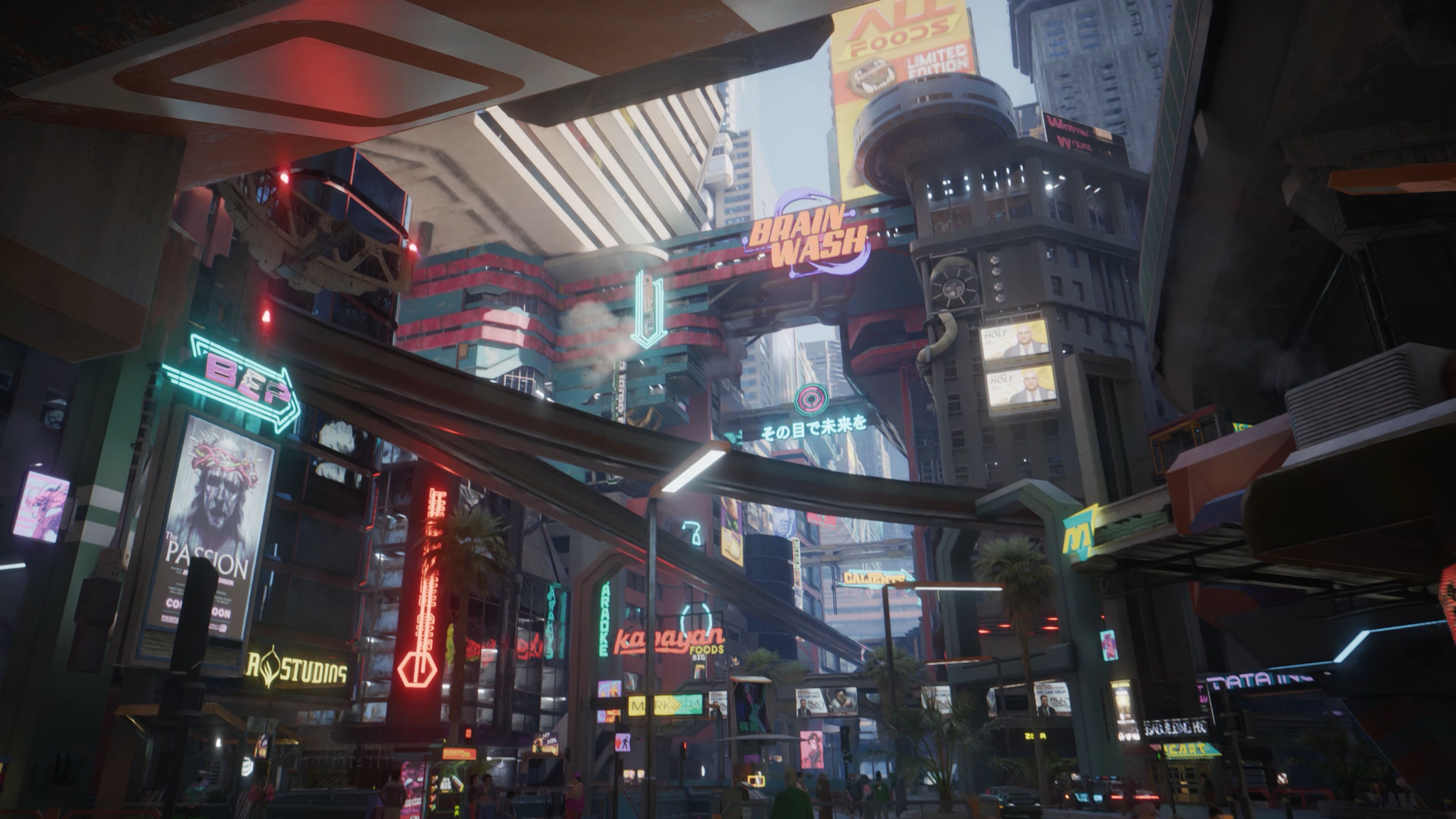Leading Platforms for AAA Game News, Art, and Design Updates
The landscape of AAA game development is a spectacle of artistic ambition and technical prowess. For enthusiasts, professionals, and investors, staying abreast of the latest news, breathtaking art reveals, and groundbreaking design philosophies is crucial. While social media offers a firehose of instant updates, a select group of platforms have established themselves as the authoritative sources for deep, curated, and high-quality content on blockbuster games. These platforms are not just news aggregators; they are communities, educational resources, and barometers for the industry's creative and commercial pulse.

At the forefront of traditional games journalism stands IGN. As one of the largest and most established entities, IGN’s strength lies in its comprehensive coverage and massive reach. When a AAA title like The Elder Scrolls VI receives a new teaser or God of War: Ragnarök gets a gameplay deep dive, IGN is often the first port of call for millions. Their coverage typically includes high-production video reviews, exclusive developer interviews, and extensive wiki-like databases. For art and design, their video features often break down trailers frame-by-frame, analyzing character design, environmental art, and lighting techniques. However, its mainstream approach means it sometimes prioritizes broad appeal over niche, deeply technical design analysis.
For those seeking a more community-driven and instantly updatable feed, Reddit is an indispensable, albeit chaotic, resource. Subreddits like r/Games, r/GamingLeaksAndRumours, and dedicated communities for specific franchises (e.g., r/Eldenring) function as real-time news wires. The power of Reddit lies in its collective intelligence. A single piece of concept art leaked on 4chan can be sourced, verified, analyzed, and debated by thousands of users within hours. For design updates, developers themselves, such as Bungie’s community managers, frequently use platform-specific subreddits to communicate directly with their player base, detailing upcoming balance changes and design philosophies. While it requires a keen eye to separate verified news from speculation, no platform offers a more raw and immediate pulse of the gaming community.
When the conversation shifts specifically to the artistry behind AAA games, ArtStation is the undisputed leader. This platform is the professional portfolio hub for the industry's most talented artists. It’s where concept artists, character designers, and environment modelers from studios like Blizzard, Naughty Dog, and CD Projekt Red post their work. Following these artists provides an unparalleled, direct line to the visual development of major titles. Long before a game is released, breathtaking concept art and 3D models surface on ArtStation, offering a glimpse into the creative process and the iterations that lead to a final product. For anyone interested in the "art" update of AAA games, this is not just a news source; it is the primary source material itself.
Similarly, for the technical and design pillars of game development, GDC (Game Developers Conference) and its Vault is an invaluable resource. While GDC itself is an annual event, its online Vault archives thousands of presentations from the leading minds in the industry. Here, one can find detailed post-mortems on the design of The Last of Us Part II’s combat, the rendering technology behind Cyberpunk 2077’s Night City, or the narrative structure of God of War. These are not promotional trailers but candid, technical deep dives intended for fellow developers. For a true understanding of the "why" behind design decisions, GDC offers a level of insight no news outlet can match.
For a blend of critical analysis, industry business news, and thoughtful design critique, Bloomberg Technology, through journalists like Jason Schreier, provides a unique perspective. While not exclusively a gaming site, its investigative pieces often break major news about studio upheavals, project cancellations, and development challenges affecting AAA productions. This high-level reporting provides crucial context for why certain art directions change or why design goals shift during a game’s long development cycle. Understanding the business pressures and management decisions behind the scenes is essential for a complete picture of the AAA landscape.
Finally, the influence of YouTube cannot be overstated. Specific channels have carved out niches for exceptional analysis. Digital Foundry is the premier destination for technical breakdowns, offering pixel-level analysis of graphics modes, ray tracing implementations, and performance metrics. For design analysis, channels like Game Maker’s Toolkit (Mark Brown) deconstruct game mechanics with the precision of a seasoned critic, exploring the design principles that make AAA games like Doom Eternal or Dark Souls so compelling. These creators provide the video essays and deep dives that go far beyond a standard review, educating viewers on the nuances of game design.
In conclusion, no single platform holds a monopoly on AAA game news, art, and design updates. The informed follower must curate their own information diet across this ecosystem. The breaking news alert might come from Twitter or Reddit, the stunning art reveal from ArtStation, the technical explanation from Digital Foundry on YouTube, and the profound design rationale from a GDC talk. Together, these platforms form a multifaceted lens through which we can appreciate the monumental effort, creativity, and innovation that define the world of AAA game development. They connect the audience to the artists and engineers, transforming the wait for a new game into a fascinating journey through the creative process itself.














